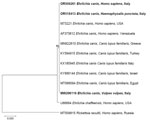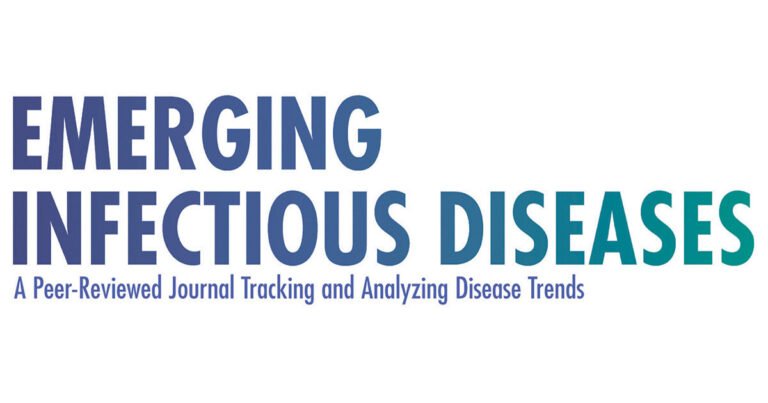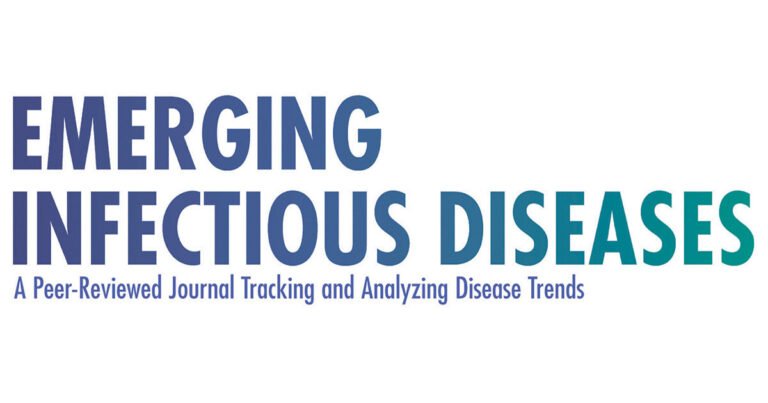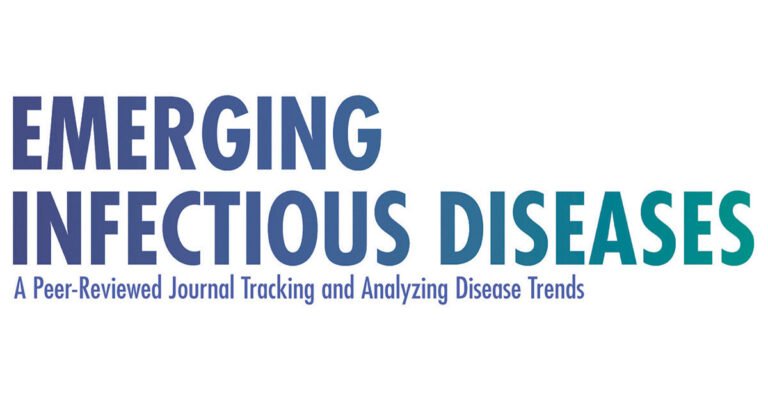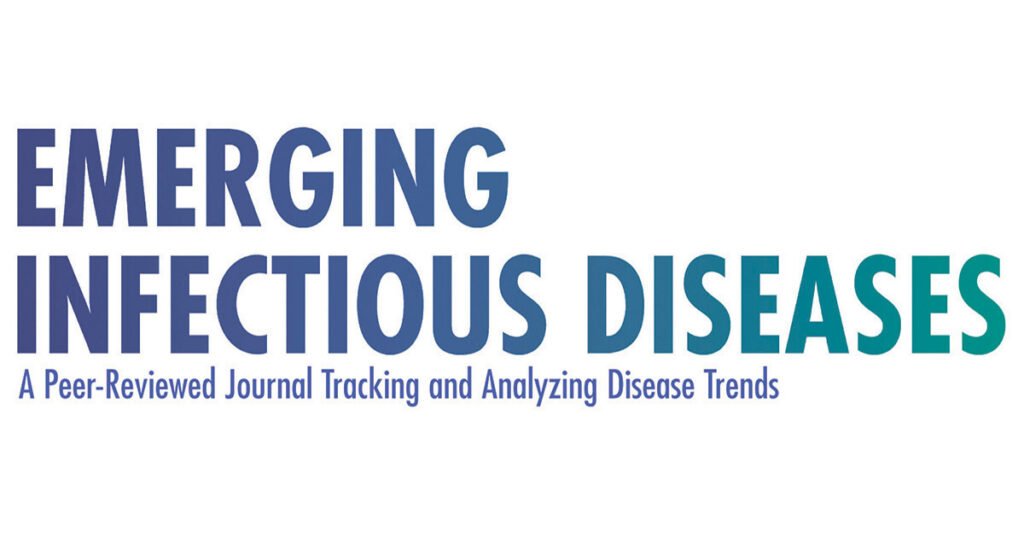
Disclaimer: Early release articles are not considered as final versions. Any changes will be reflected in the online version in the month the article is officially released.
Author affiliation: Experimental Zooprophylactic Institute of Southern Italy, Portici, Italy (G. Sgroi, N. D’Alessio, G. Rofrano, G. Fusco), University of Naples Federico II, Naples, Italy (V. Veneziano), University of Bari Aldo Moro, Bari, Italy (M. Carbonara, D. Otranto, R. Iatta), Aggeu Magalhães Institute, Recife, Brazil (F. Dantas-Torres); City University of Hong Kong, Hong Kong Special Administrative Region, People’s Republic of China (D. Otranto)
Ehrlichia canis (order Rickettsiales, family Anaplasmataceae) is the causative agent of canine monocytic ehrlichiosis and may be incidentally transmitted by brown dog ticks (Rhipicephalus sanguineus sensu lato) to a plethora of mammalian hosts, including cats and humans (1). In humans, asymptomatic or paucisymptomatic infections have been occasionally reported from the United States (2,3), Venezuela (4,5), and Costa Rica (6). Despite the risk being relatively uncommon, persons living or visiting environments where ticks and E. canis are prevalent in dogs may potentially be at risk for infection (7). We report a case of human ehrlichiosis caused by E. canis in a patient from Italy, indicating the risk for unconventional tickborne infection in humans participating in outdoor activities in rural areas in Italy.
In August 2023, a 42-year-old male patient was referred to the Experimental Zooprophylactic Institute of Southern Italy with a tick attached to his neck. The patient had noticed the tick 48 hours after a hike in a rural area of Salerno Province, Campania region, southern Italy. After obtaining the patient’s signed informed consent, we removed the tick with fine-tipped tweezers, checked the patient’s skin for other ticks, and collected a 7-mL blood specimen from his cephalic vein. We used a 2-mL aliquot placed in a Vacutainer (https://www.bd.com) K3-EDTA tube for complete blood count on a CELL-DYN 3700 Hematology Analyzer (Abbott, https://www.abbott.com). We added the remaining 5 mL to a Vacutainer clot activator serum tube for biochemical analysis on a SAT 450 Random Access Analyzer (KPM Analytics, https://www.kpmanalytics.com) after centrifugation for 15 min at 1,500 g at room temperature. We classified the tick with regard to developmental stage (larva, nymph, or adult), sex (male or female), and feeding status (engorged or not engorged) by using a Leica MS5 stereomicroscope (https://www.leica-microsystems.com). Then we taxonomically identified the tick by using morphological keys. In addition, we looked for pathogenic microorganisms by performing Romanowsky staining using Diff Stain Quick Kit (ProEko, https://www.proekosrl.com) on smears of the gut, hemolymph, and salivary glands of the tick and peripheral blood of the patient.
We extracted DNA from the tick and the patient’s blood by using QIAamp DNA Blood and Tissue kit (QIAGEN, https://www.qiagen.com) and molecularly tested it for tickborne pathogens (8,9) (Table 1). The tick was also molecularly identified at species level by the amplification of a 248-bp partial fragment of the 16S rRNA gene, with forward (5′-CTGCTCAATGATTTTTTAAATTGCTGT-3′) and reverse (5′-TTACGCTGTTATCCCTAGAG-3′) primers, by using the following thermocycling conditions: 95°C for 10 minutes of initial denaturation followed by 35 cycles of 94°C for 45 seconds, 58°C for 60 seconds, 72°C for 60 seconds, and 72°C for 7 minutes of final extension. We ran all PCRs in a final volume of 50 μL including 5 μL of 10× PCR buffer II, 6 μL of 25 mmol MgCl2, 5 μL of 1.25 mmol of dNTPs, 0.5 μL of 100 pmol/μL of each primer, and 1.25 U of AmpliTaq Gold (Applied Biosystems, https://www.thermofisher.com). We sequenced the purified amplicons in both directions by using a BigDye Terminator v3.1 Cycle Sequencing Kit in a 3130 Genetic Analyzer (Applied Biosystems), then used Geneious version 9.0 (https://www.geneious.com) for editing and analysis. We compared the resulting sequences with those available in the GenBank database by using Nucleotide BLAST (https://blast.ncbi.nlm.nih.gov/Blast.cgi) and performed the phylogenetic analysis by using the maximum-likelihood method based on the general time reversible model with gamma distribution to assess evolutionary differences among sites (+G) selected by best-fit model (10) with MEGA X software (11). Our study was approved by the Experimental Zooprophylactic Institute of Southern Italy within the framework of a memorandum of agreement (authorization no. IZSM-DIMBA/23) with the Interdisciplinary Department of Medicine, University of Bari Aldo Moro, according to national regulations.
We identified the tick removed from the patient as an engorged female Haemaphysalis punctata (GenBank accession no. PP419005). According to PCR testing, the tick and the patient’s blood scored positive for a fragment of the E. canis 16S rRNA gene. The sequences we obtained (GenBank accession nos. OR518413 and OR506261) were identical to each other (100% query cover) and to those of E. canis obtained from a red fox (Vulpes vulpes) in the same study area, humans from United States and Venezuela, and dogs from Mediterranean Basin countries (Italy, Greece, Israel, Egypt, and Turkey) (Figure). We confirmed the molecular identification of E. canis from the tick and the patient’s blood by amplifying the groEL gene. The sequences obtained were identical to each other (GenBank accession no. PP839296). Other pathogens were not detected by PCR or cytologic examination of stained smears. No major clinicopathologic abnormalities were detected in the patient, except severely increased alanine aminotransferase and mildly decreased total leukocyte count and aspartate aminotransferase (Table 2). Three days after the first visit, the patient complained of mild symptoms (i.e., fever of 38°C, headache, muscle pain, and malaise) which spontaneously healed within a week, without antimicrobial drug treatment.
Data suggest that E. canis may infect persons bitten by H. punctata ticks in Europe, which may represent a potential risk for persons participating in outdoor activities (e.g., hiking), where those ticks are commonly found on vegetation from spring to autumn in southern Italy (12). The finding of E. canis DNA in the tick removed from the E. canis–positive patient indicates the potential involvement of H. punctata ticks in transmission of the pathogen. Although no experimental evidence of the competence of this tick species for transmitting E. canis is available, circumstantial evidence suggests its participation as a vector. For instance, in southern Italy, H. punctata ticks parasitize humans (7) and harbor E. canis DNA (13).
The similarity of E. canis sequences from the tick and patient with those of foxes from the same study area (GenBank accession no. MW296116) suggests circulation of the same E. canis genotype among dogs, humans, and wildlife. A previous analysis of the E. canis TRP36 gene sequences from different countries revealed the occurrence of the US genogroup in foxes from southern Italy (14). The US genogroup is the most common genotype found in dogs and ticks in Eurasia (14). The role of foxes as wild reservoirs of E. canis needs to be interpreted with caution, especially considering that dogs are the principal reservoirs of this bacterium. The absence of E. canis inclusions in the stained smears from the tick and the patient was somewhat expected considering the low sensitivity of the method, even for detecting morulae of other ehrlichial species that are more frequently found in human patients (15). The patient’s clinicopathological abnormalities (i.e., decreased leukocytes and aspartate transaminase and increased alanine transaminase) and clinical signs and symptoms (i.e., fever of 38°C, headache, muscle pain, and malaise) are in accordance with previous data (2,5). Future molecular surveys assessing the circulation of E. canis in persons, dogs, and wildlife exposed to ticks should ultimately increase awareness about this zoonosis and be used to establish proper strategies to mitigate the risk for transmission.
Dr. Sgroi is an associate and researcher at the Experimental Zooprophylactic Institute of Southern Italy. His main research activity is focused on biology, epidemiology, and control of vectorborne pathogens of zoonotic concern in wildlife and humans.
